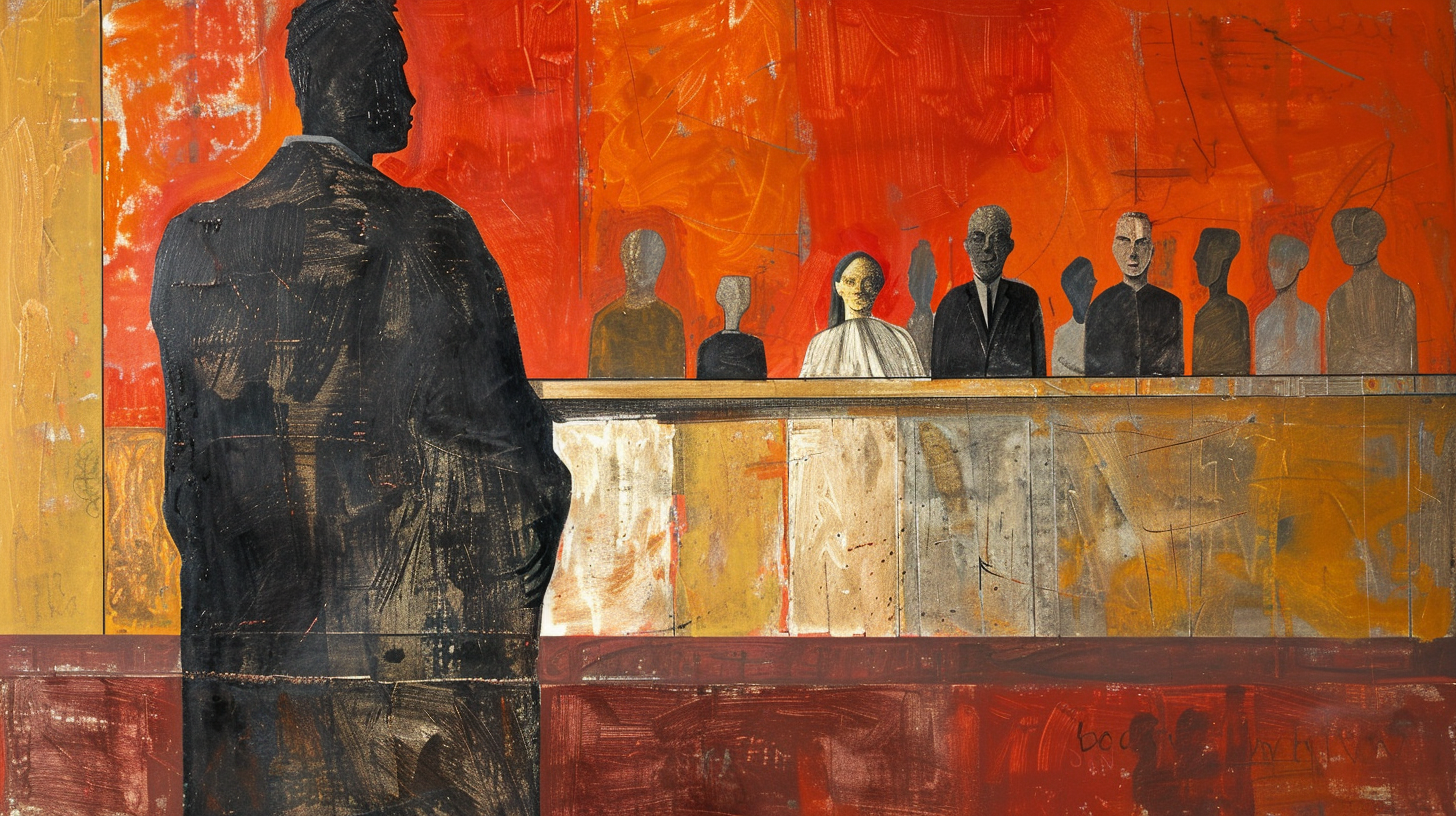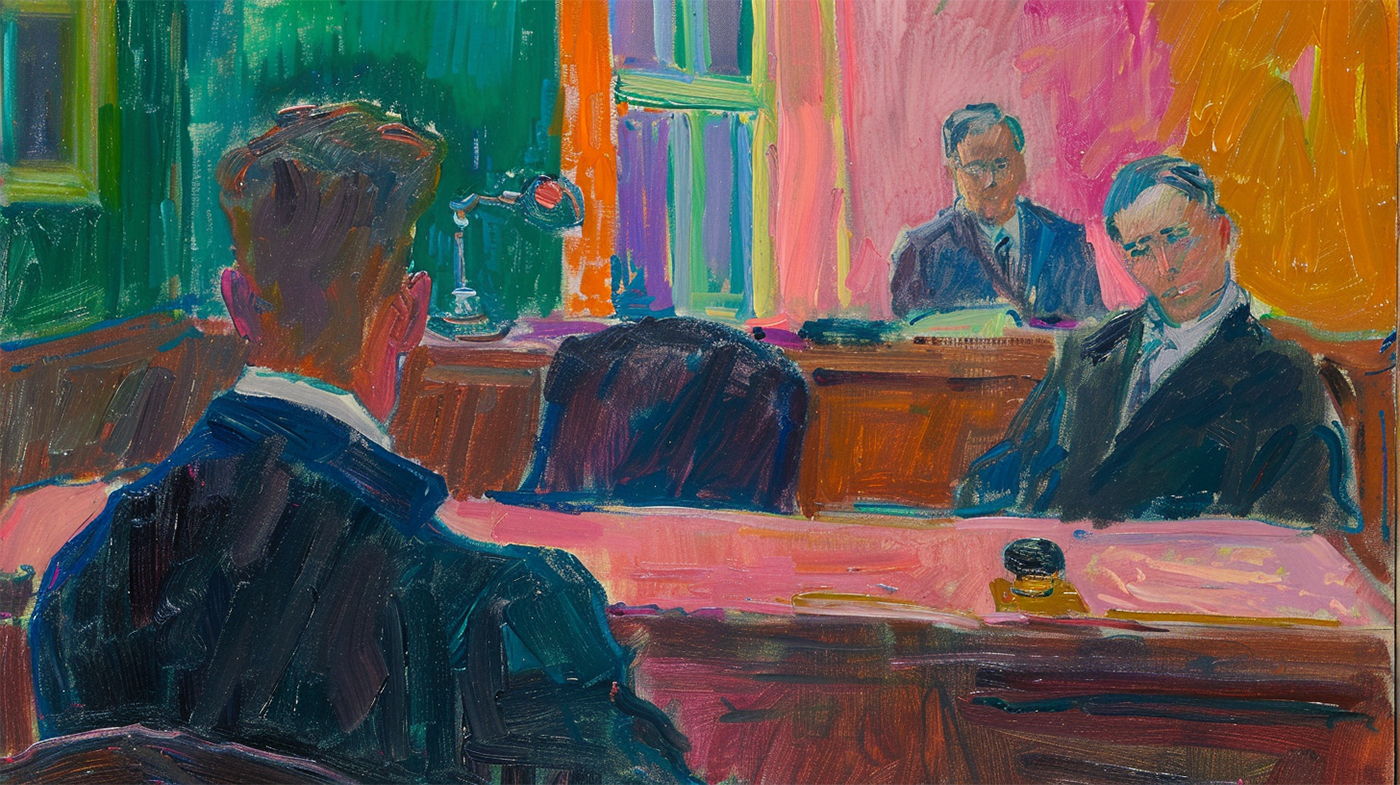In the preparation of trials, the court orders parties, as a matter of course, to prepare a Statement of Agreed Facts (‘SAF’) and a Statement of Issues to be Tried (‘SIT’): see Order 34 rule 2(2)(j) and (k), Rules of Court 2012. There are good reasons for this.
The purpose of these statements is two-fold. First, it is to encourage and facilitate the narrowing, outlining and identification of the disputed factual areas and legal issues between the parties. Second, it is to clarify and settle the agreed legal and factual areas of the dispute. The benefit of doing this is to facilitate the just, expeditious and economical disposal of the proceedings.
Statement of Agreed Facts (‘SAF’)
What is a fact? That is defined in section 2 of the Evidence Act 1950. A fact, under the law, is (i) anything, (ii) any state of things or (iii) any relations of things that are perceived by our senses i.e., our eyes, ears, nose, tongue, mouth, skin, touch. It is also ‘any mental condition of which any person is conscious’ i.e., our thoughts, state of mind or emotions at the relevant time.
Essentially, facts are what happened, how it happened and, if possible, why it happened. Facts are to be distinguished from evidence. Evidence is about proving facts.
A quick example to draw the distinction. X asserts he sold a laptop to Y. X says, ‘I sold a laptop to Y.’ That is a fact. To prove that fact, X could bring documentary evidence. For example, a purchase order from Y, X’s invoice and acknowledged delivery order of the laptop by Y. X’s statement that he sold it to Y is relevant oral evidence the court can rely on.
If, however, Y agrees that X sold him a laptop, X does not have to bring all those documents to court to prove that statement, ‘I sold a laptop to Y.’ Y’s defence may be, ‘He sold and sent it to me. But the laptop didn’t work. That’s why I didn’t pay.’ Y doesn’t dispute the purchase and delivery. He says payment is not warranted because it doesn’t work.
In such a circumstance, Y should agree with X’s statement but assert his defence. A confess and avoid. Y should not make X prove there was a sale and delivery of the laptop in question. The more parties agree on the facts, the less there is to prove and disprove in court. The less there is of all that, the more the court can focus only on the areas of dispute and get to the heart of it.
For example, see Malaysian Motor Insurance Pool v Naza Motor Trading Sdn Bhd [2011] 9 CLJ 605, FC, paragraph [8]. This saves the court and parties time, effort, expense and, above all, life. For example, see Yeo Ing King v Melawangi [2017] 1 CLJ 512, CA, paragraph [12]. The court can spend its precious time and effort only on disputed matters. Some cases have gone on entirely on a statement of agreed facts. For example, see Othman & Anor v Mek [1972] 1 LNS 103, FC, Acme Canning Sdn Bhd v Lee Kim Seng [1975] 1 LNS 1, FC and Director-General of Inland Revenue v Kulim Rubber Plantations Ltd [1980] 1 LNS 141, FC.
A SAF is a list of the facts or factual areas the opposing parties agree not to dispute at the trial. The purpose of a SAF is to clarify with certainty what facts do not have to be proved, disproved, argued and decided over by the parties and court at trial. It is important to appreciate the SAF relates to objective facts derived from the pleadings.
Facts. What we agreed happened. We agree on who said what. We agree he got those injuries. We agree we signed that agreement.
Facts. Not evidence. Not about the documents, pictures or statements that prove those facts. Not about documents in the Common Bundle of Documents.
Facts. Not inferences. Not implications. Inferences and implications arising from facts are for submission. What the facts mean is for submission.
The contents of a SAF should be culled, after careful reading and analysis, from the pleadings, i.e., the Statement of Claim, Statement of Defence or whatever-related pleadings. That is because pleadings are supposed to be a summary of the material facts that form the basis of the legal claim or defence. Those are the primary facts. It is those facts that need to be agreed upon as much as possible. The facts in the SAF should not be just about secondary or any facts but only those in the pleadings. They should not contain facts extrinsic to the pleadings except unless absolutely necessary.
It should be emphasized the SAF is not a ‘battleground’ or flashpoint to advance the cause or interest of either party and a playground for the unreasonableness of counsel. Whichever side prepares the draft should not, for example, dump the entire Statement of Claim in there leaving it to the other side to dispute it. That is unreasonable and disrespectful behaviour. It also shows a lack of application by the lawyer.
A SAF should be expressed in a neutral and fair manner. It should not be deliberately weighted to support either party. Whoever prepares it should do so after carefully considering the pleadings. Litigants and their lawyers are encouraged to agree on the factual basis of the dispute. Courts should sit down with counsels to work this out, particularly if a counsel is being unreasonable. It is painful work at the start, but it will facilitate and benefit everyone for the rest of the trial by proceeding with fewer opportunities for incidents.
Once that is set down, no parties should be able to resile from it without good reason. After all, a lot of thought, consideration, discussion, and negotiation went into it. Once signed, it cannot be resiled from or unsettled. The party that seeks to do should be punished with costs.
Once the SAF is settled, the factual ambit of the trial is determined and clear.
What about the Dispute Facts? Should there be a statement for that? I don’t think there needs to be because those should be apparent once the SAF is read together with the pleadings and will be the subject matter of trial. It is therefore pointless to prepare a statement of non-agreed facts (‘SNAFU’).
Statement of Issues to be Tried (‘SIT’)
A SIT summarizes and makes clear the legal issues for the court to decide. It is for legal issues for legal submission or argument. A SIT does not deal with the facts. A SIT should not be a SNAFU in disguise. It should also not go to matters of proof (i.e., has the plaintiff sufficiently proven its claim?). A SIT deals with the matters litigants have to submit or argue about at the conclusion of the trial.
A SIT should only be prepared after settling the SAF. This is to ensure we do not miss capturing legal issues that need to be addressed arising out of the disputed facts.
A SIT is not to identify the factual dispute per se. It is important to appreciate that although the court determines what the facts are when they are disputed in a legal claim, it does so pursuant to it ultimately deciding the legal issue arising from those facts it has determined. The court does not determine facts on its own. Ultimately, the court is there to decide our legal rights, entitlement or liability. Therefore, the disputed facts will be resolved as a matter of course in arriving at the court’s decision on the legal issue.
The agreed facts were already resolved in the SAF. So the SIT is devoted only to legal issues. Issues to be tried (IT) relate to legal issues to be tried. It follows therefore that the issues in the SIT should be framed in a manner that allows for legal resolution. The IT should be worded in a neutral and accurate way. This enables the legal issue to be easily identified, addressed and decided upon.
To illustrate, let’s take a vehicle accident claim. The SIT for such a claim can or should have only one legal issue. A layperson will ask: Whose fault is it? A lawyer should pose the question: Was the defendant negligent when it crashed its car into the plaintiff’s car? Why the difference?
The former formulation is a casual and factual formulation that doesn’t have inherent within it a methodology to demonstrate fault. The latter formulation is a legal formulation. That means the legal elements to decide whether it was the defendant’s fault have been already prescribed by law. The court knows what to consider about deciding such a claim.
For the plaintiff to prove to the court the defendant was negligent (i.e., at fault in law) he must prove the following: (i) a duty of care arising between him and the defendant, (ii) a breach of duty of that duty of care by the defendant, (iii) the defendant’s breach caused the plaintiff hurt, damage or loss, and (iv) articulate or quantify the loss. Elements (i) – (iv) do not need to be set out in the SIT because they are inherent to a legal term of art ‘negligent’. That is why only that legal question needs to be asked in a simple vehicle accident claim.
It is for this reason, careful thought and appreciation of the law are required in framing the SIT. It should not be approached mechanically or mindlessly. Naturally, those issues of law should arise from a consideration of the pleadings only. If it is an issue of law, then it should be clear from the pleaded case or from the facts pleaded. The legal issues cannot be extrinsic to the pleaded claim and defence. It may be a legal issue, but it is an irrelevant one.
SAFs and SITs properly prepared bona fide have the benefit and advantage of reducing the area of factual and legal dispute and clarifying legal issues to be decided upon. It is a wonderful tool to save time, effort, expense, psyche and life for everyone related to the litigation process, namely, the judges, the lawyers, the parties, the witnesses, and the court clerks. In short, it facilitates the just, expeditious and economical disposal of the proceedings.
If lawyers take its preparation seriously and the court enforces its importance by making it thorough and challenging to resile from, SAFs and SITs can be truly useful case management tool that enables the dispute to be contained instead of proliferate. Unlike now, where the preparation and filing of SAFs and SITs have become just another part of the bureaucratic process to be complied with, its contents be damned. The growing practice of each litigant filing their own version of SAFs and SITs is a disgrace to our profession. Both the bench and bar need to take SAFs and SITs seriously to stop perpetuating this disgrace.
Related Posts
- The Importance of Not Using Metaphors to Describe Symptoms
Once in my teens, I went to see my usual doctor, a general practitioner, in…
- Analysis of Pleadings
As a litigator in Malaysia, if there is one trait we must possess, it is…
- Mentoring the Mediocre
For a long time now, I have not been discerning about whom I teach. The…
- Upfront and personal
'How is it you dare to be so upfront and personal on your blog?' A…
- The Death Penalty
Are you for or against the death penalty? I have never liked that question because…






